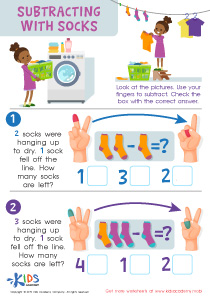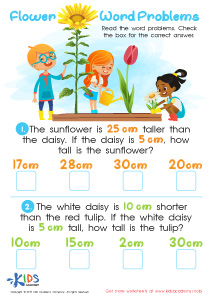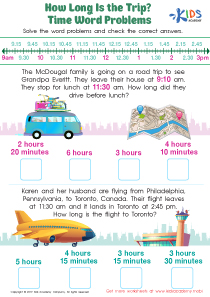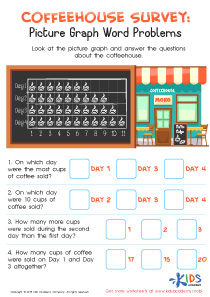Easy Two-step Word Problems Worksheets for Ages 6-8
5 filtered results
-
From - To
Discover our engaging "Easy Two-step Word Problems Worksheets for Ages 6-8," designed to enhance your child's mathematical skills through fun and interactive learning. These worksheets offer a variety of relatable scenarios that encourage critical thinking and problem-solving abilities. With clear instructions and vibrant illustrations, children can practice two-step word problems in a stress-free environment. Suitable for both classroom use and at-home learning, our resources promote independent thinking while building confidence in math. Perfect for teachers and parents seeking effective tools to develop essential skills in young learners, our worksheets promise to make math fun and accessible! Try them today!
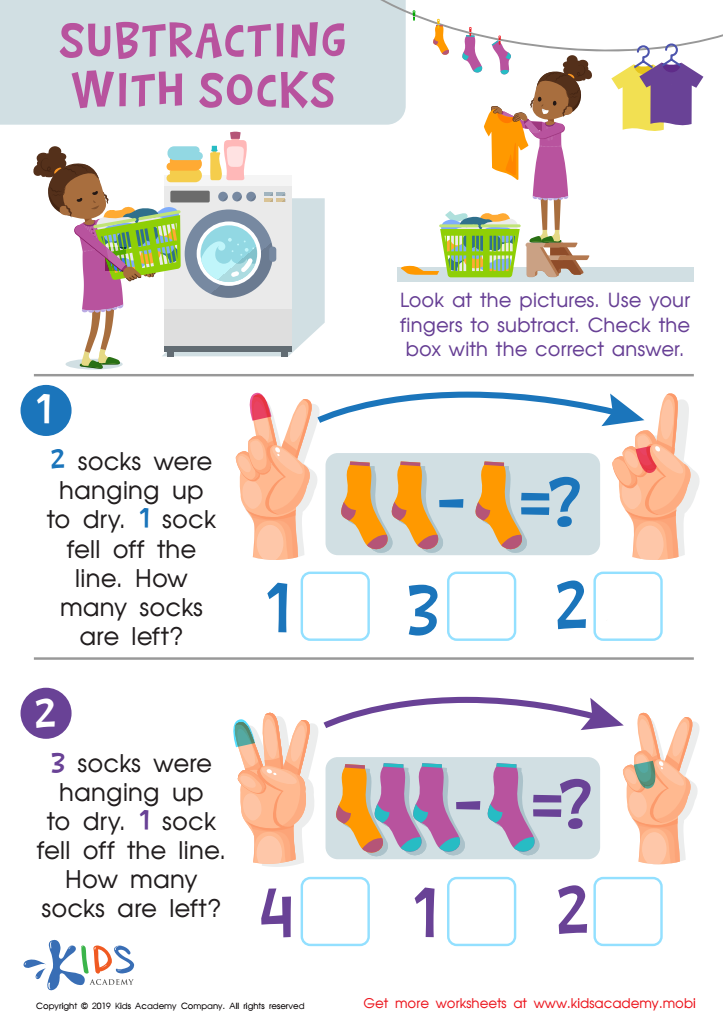

Subtracting Socks Worksheet
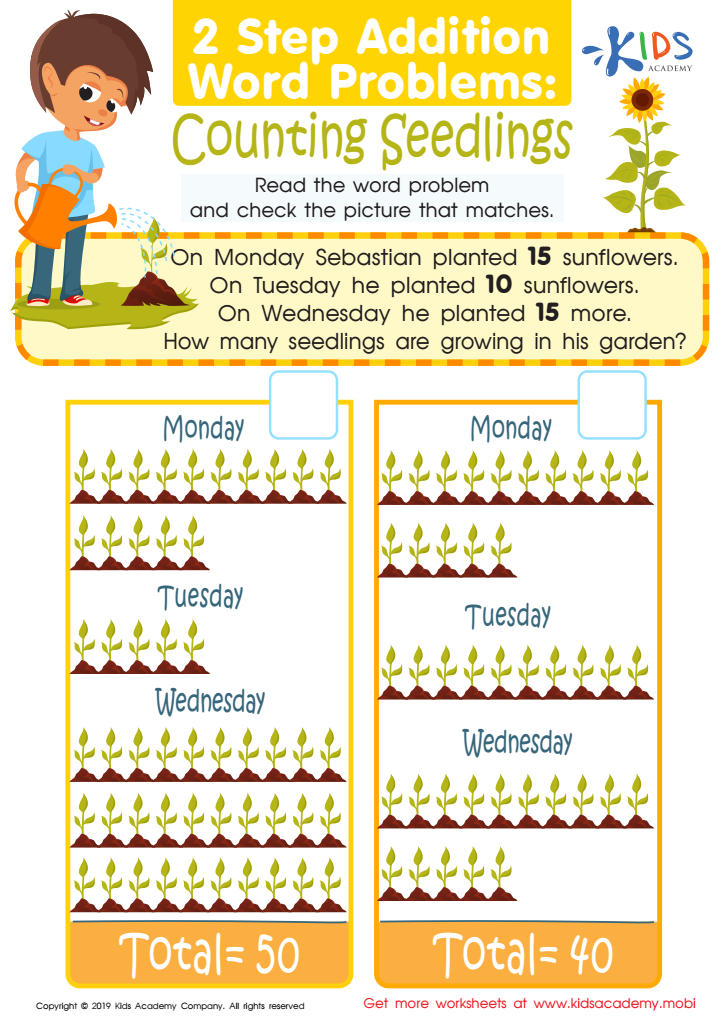

Counting Seedlings Worksheet


Using Number Sentences to Solve Problems Worksheet
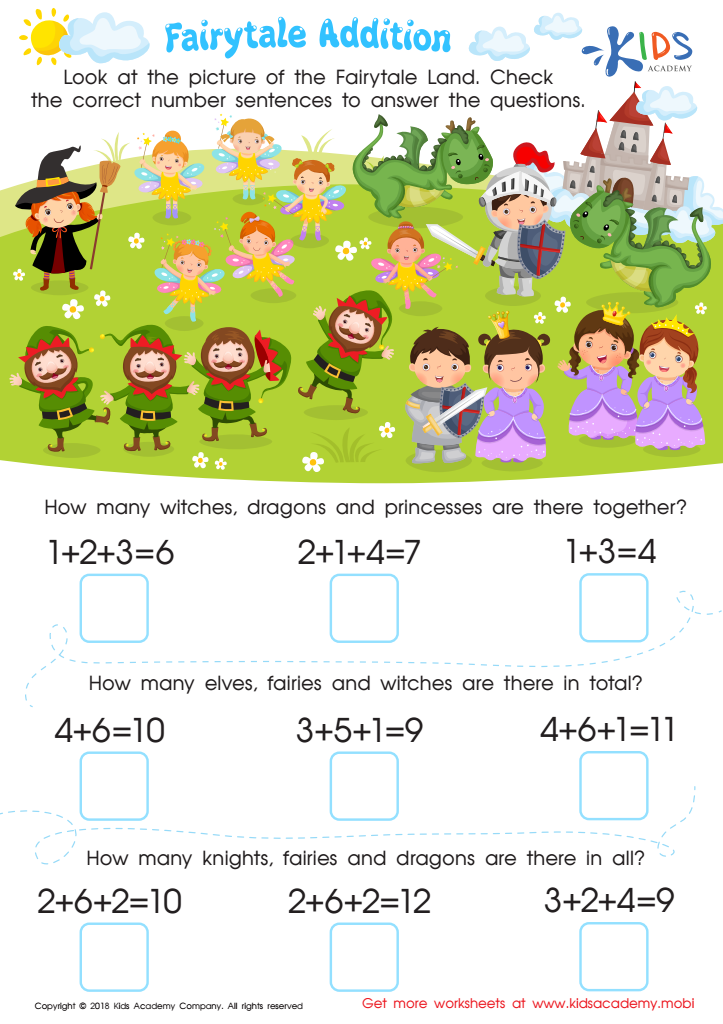

Fairytale Addition Worksheet
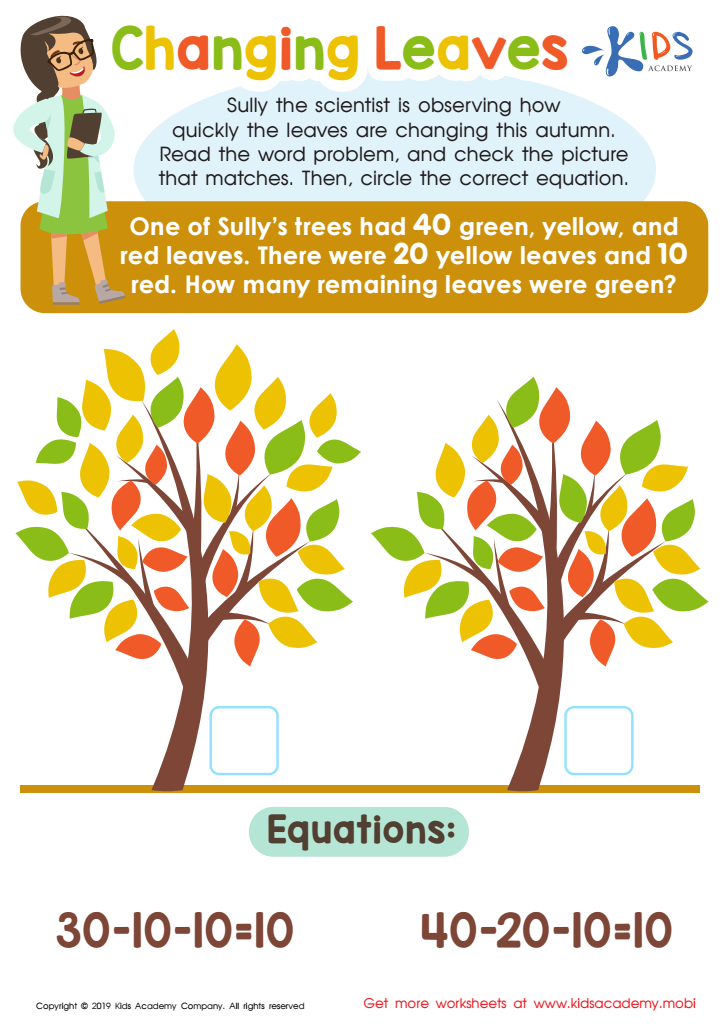

Changing Leaves Worksheet
Easy two-step word problems are essential for children aged 6-8 as they lay the groundwork for critical thinking and problem-solving skills. At this developmental stage, children are beginning to understand mathematical concepts, and mastering these problems helps them build confidence in their abilities. Parents and teachers should care about these questions because they encourage a deeper understanding of math beyond rote memorization.
Engaging with two-step word problems allows children to practice reading comprehension and to translate real-world situations into mathematical equations. It fosters cognitive skills such as reasoning, logic, and the ability to break down complex problems into manageable parts. These skills are not only critical for success in mathematics but also applicable in everyday life situations, preparing them for future academic challenges.
Furthermore, by solving these problems, children learn to communicate their thinking, enhancing their ability to articulate their reasoning. For parents, supporting their children's progress in these areas can foster a positive attitude towards math, reducing anxiety around the subject. Teachers can utilize these problems to create interactive lessons that make learning fun, helping to sustain engagement and persistence in overcoming challenges. Overall, prioritizing easy two-step word problems supports holistic development in young learners.
 Assign to My Students
Assign to My Students




